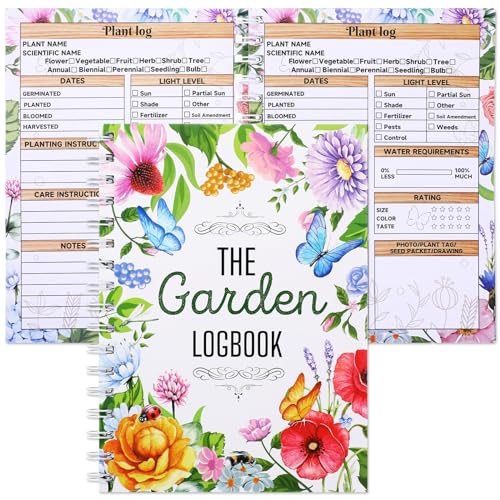When to harvest cabbages – what you need to know for picking different types throughout the year
Harvesting cabbage plants 12 months a year is possible - discover how to identify when seasonal varieties are ready

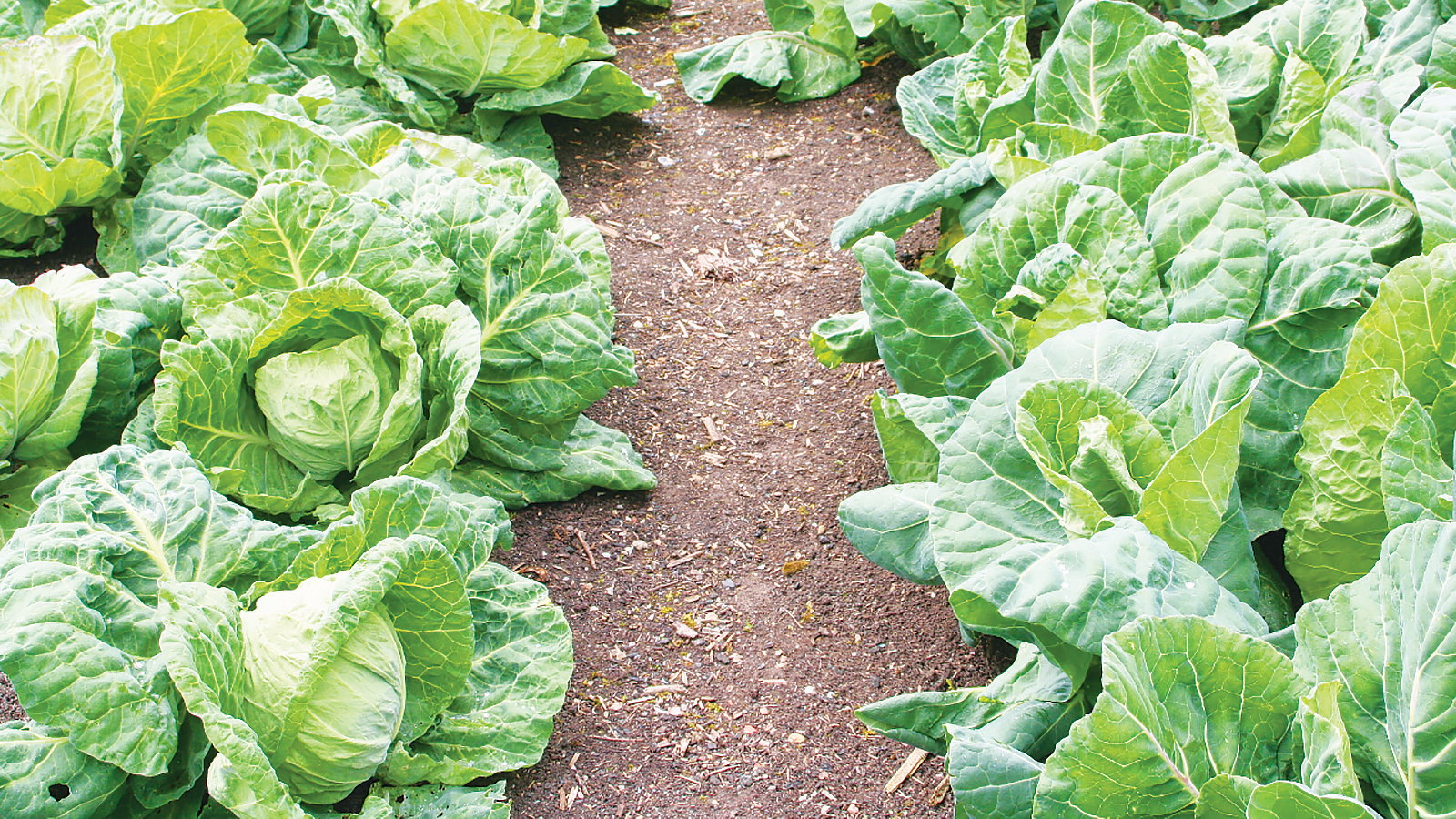
You can grow and harvest cabbages year-round, with a bit of planning. From early spring one year to late winter the following year, there are different types, varying in color and shape, to pick for all manner of culinary desires.
You can plant cabbages throughout the seasons, staggering the growing of these various cabbages to reap the rewards with a large and long crop. I grew a variety of cabbages during my years as a professional kitchen gardener and continue to grow the crop on my home plot. I like growing them but admit to not cultivating them year-round, as I lack the culinary ability to handle year-round cabbages.
Whether you grow one or many types of cabbages, it is important to understand when to harvest cabbages. Picking them at the right time ensures a quality head with the best flavor. You can harvest too soon and too late and both will affect the quality of your harvest.
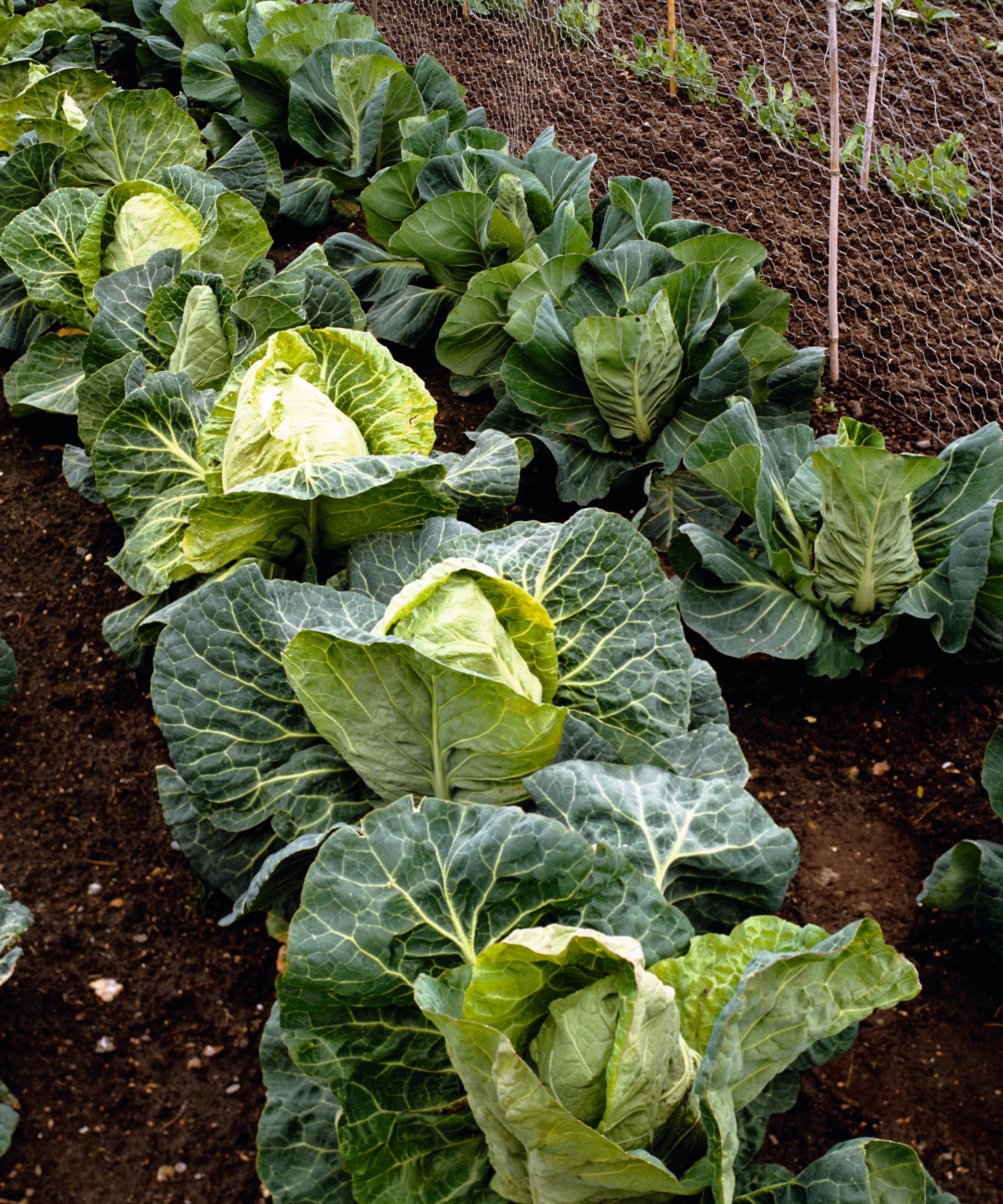
Many types of cabbages are harvested after a firm head forms
When to harvest cabbage plants
Cabbages are grouped according to the times of year they are harvested and plants can be picked throughout the year. Different cabbages can take vastly different times from sowing to harvest, while the weather throughout the growing season will also impact the cabbage harvest time.
It may sound like an obvious recommendation, but checking the estimated days to maturity on the back of any packet when sowing seeds should be the first step in establishing when to harvest cabbage plants. Whenever you sow or plant cabbage, mark the predicted harvest date on the calendar for a good idea of when to expect the first harvest.
When to harvest spring cabbage
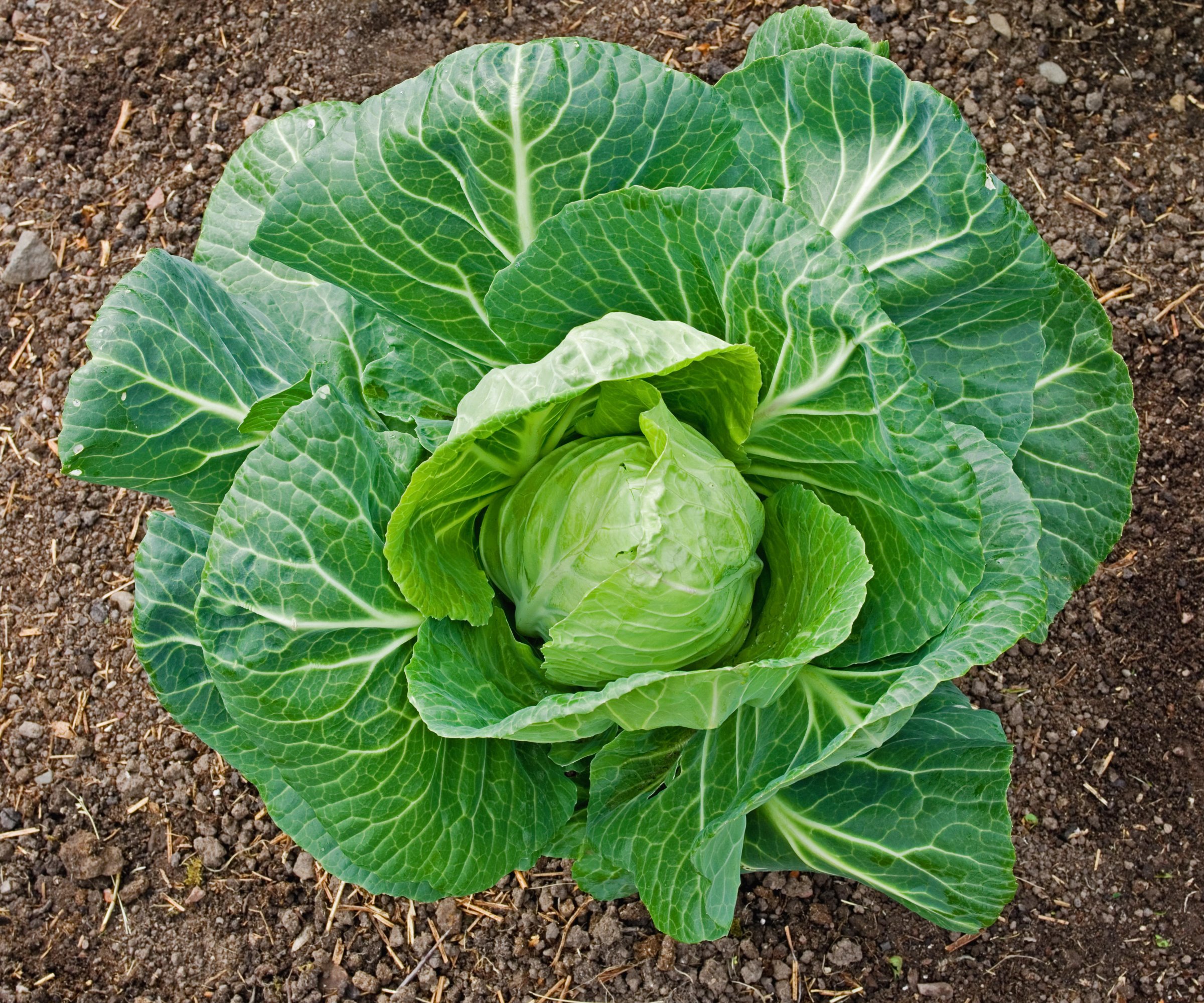
Harvest spring cabbages ahead of the arrival of hot summer temperatures
Spring cabbages are planted in summer and harvested the following spring. They are more pointed in shape than summer cabbages and have a shorter harvesting window of late March and April. It is key to pick them before the weather increases in summer as the plants are liable to run to seed.
Harvest the cabbages once the plants have formed firm hearts. By cutting a cross into the stump after harvesting, you may be fortunate enough to get a second crop of smaller cabbages that sprout.
Design expertise in your inbox – from inspiring decorating ideas and beautiful celebrity homes to practical gardening advice and shopping round-ups.
When to harvest summer cabbage

Summer cabbages are harvested with a firm head
Summer cabbages are planted in spring and harvested from midsummer into early fall. Of all the cabbage types, they are best suited to the hot summer conditions. The crop will need regular watering during the summer and covering with netting to protect against pests such as caterpillars and cabbage white butterflies - which can wreck any hopes of a good harvest.
Lindsey Chastain, founder of The Waddle and Cluck, claims that summer varieties are ‘usually ready to harvest in the summer months of June, July, and August’.
As for the signs of when to harvest, she recommends: ‘You know these cabbages are ready when the heads feel hard and firm and weigh about 1-3 pounds. The outer leaves tightly surround the head. If you wait too long to pick them at this stage, the quality and flavor diminish and the heads may split open.’

Lindsey Chastain is the founder of The Waddle and Cluck, a website about all things homesteading from livestock to gardening to recipes.
When to harvest winter cabbage

Winter cabbages are harvested throughout the colder months
Hardy winter cabbages have compact ball-shaped heads slightly smaller than their summer counterparts. Their seeds are sown or young vegetable seedlings planted in mid-to-late spring and harvested from late fall onwards. Popular types of winter cabbage include red cabbage and the ‘January King’ variety.
Winter cabbages tend to be ready to harvest 120-180 days from sowing seeds, or 60-90 days from transplanting. So, how do you know the right time to pick winter cabbage?
‘Squeeze the cabbage head; if it feels firm, it is ready to be picked,’ says Charmaine Peters, farm director at Arden. ‘You can also check if the top leaf of the head has cracked. That’s a good sign that it may be ready for harvest. Cracking or splitting can occur when the inner leaves expand as the cabbage head reaches its full size.’
If the head starts to crack or split, they are best picked right away. Leaving them for longer would be a harvesting mistake as it can expose the head to potential rot and disease.
Providing they don’t split, winter cabbages can sit in the vegetable garden into winter to be harvested as required. Some benefits come from being exposed to cold, as Kate Russell, author of Stop Wasting Your Yard, highlights: ‘I wait to harvest until after a light frost to get the most sweetness out of my cabbages.’
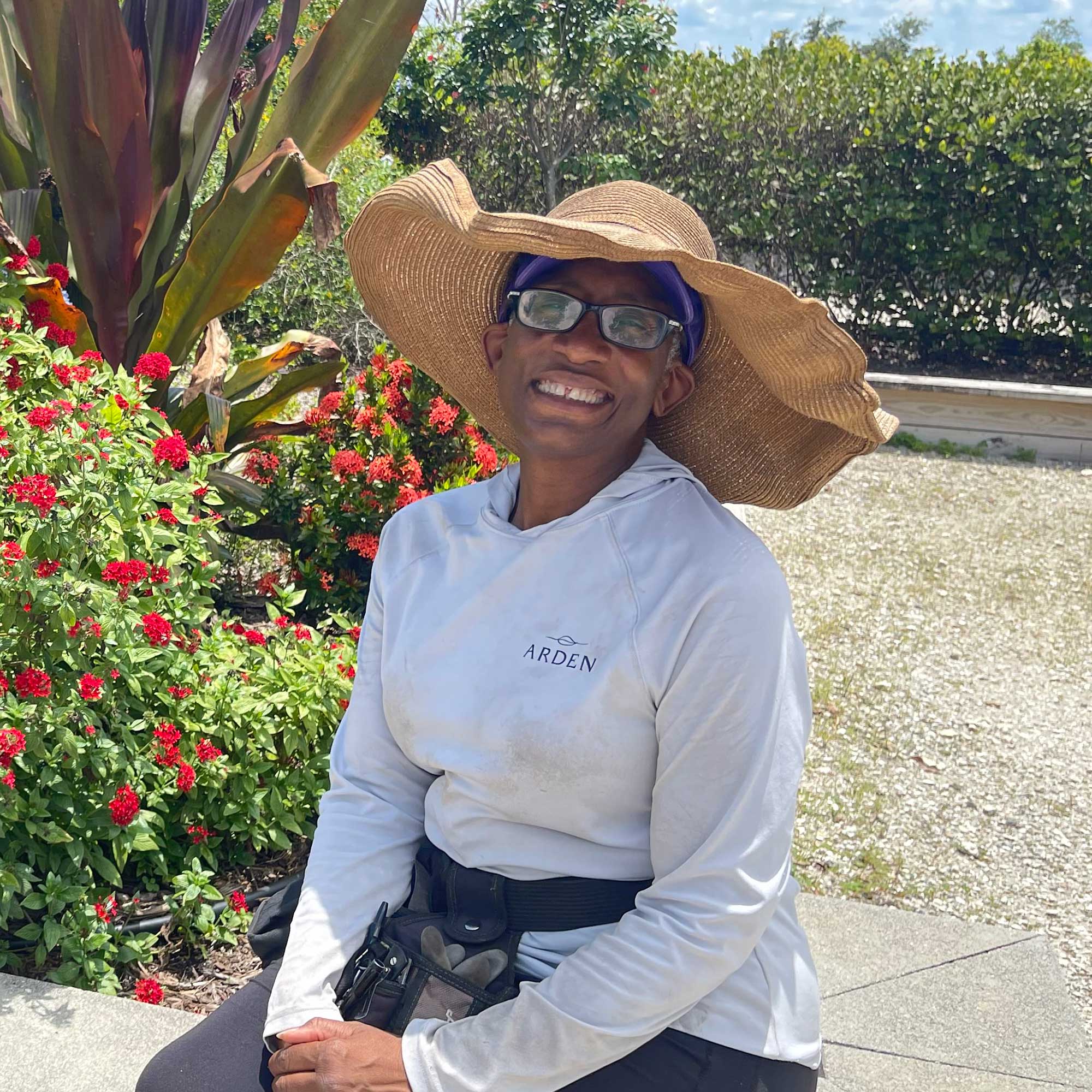
Charmaine Peters is the Farm Director at Arden, an Agrihood community in South Florida. She is an experienced farmer and a passionate advocate for health, nutrition, and supporting local communities with organic food.

Kate Russell helps others make the most of a landscape by incorporating delicious, attractive edible plants. She is the author of 'Stop Wasting Your Yard!', available at Amazon, and helped design and install an educational garden at Martial Cottle Park in San Jose, CA.
When to harvest savoy cabbage

Savoy cabbages are hardy and ideal for winter harvests
Savoy cabbages are very hardy types of cabbage with frillier leaves than other types. They also produce tight heads, as with other types, however, their ruffled leaves mean the head will not feel quite as tight when it is time to harvest.
A ripe savoy cabbage will have some give when you squeeze, but shouldn’t feel soft. Savoy cabbages often take 70-100 days to mature to full size and the season to pick the cabbages runs from December to March. The vegetable can overwinter outdoors in most climates as savoys are the hardiest of all the cabbages.
FAQs
How do you know when cabbage is ready to be picked?
A good rule of thumb for many cabbage varieties is to, along with referring to the expected days to harvest of any type, check the head. Charmaine Peters, farm direct at Arden, recommends: ‘To determine if a cabbage is ready to harvest, gently squeeze the head. If it feels firm, has a good size, and the outer leaves are completely closed, the head is ready to be picked.’
What happens if you wait too long to harvest cabbage?
The risk of waiting too long is that the cabbage head spits and rainfall can penetrate the vegetable. This can cause the cabbage to rot from the inside and leave you with little option but to throw it away. If you leave non-hardy cabbages outside too long they can be damaged by winter frosts, ruining any potential harvest.
Cabbages are often liable to be ready to harvest in large numbers at the same time. To avoid lots of cabbages reaching harvestable size simultaneously, I would recommend successionaly planting the crop. This way you get staggered harvests and a long cropping season rather than one big glut of cabbages.

Drew has worked as a writer since 2008 and was also a professional gardener for many years. As a trained horticulturist, he worked in prestigious historic gardens, including Hanbury Hall and the world-famous Hidcote Manor Garden. He also spent time as a specialist kitchen gardener at Soho Farmhouse and Netherby Hall, where he grew vegetables, fruit, herbs, and cut flowers for restaurants. Drew has written for numerous print and online publications and is an allotment holder and garden blogger. He is shortlisted for the Digital Gardening Writer of the Year at the 2025 Garden Media Guild Awards.
